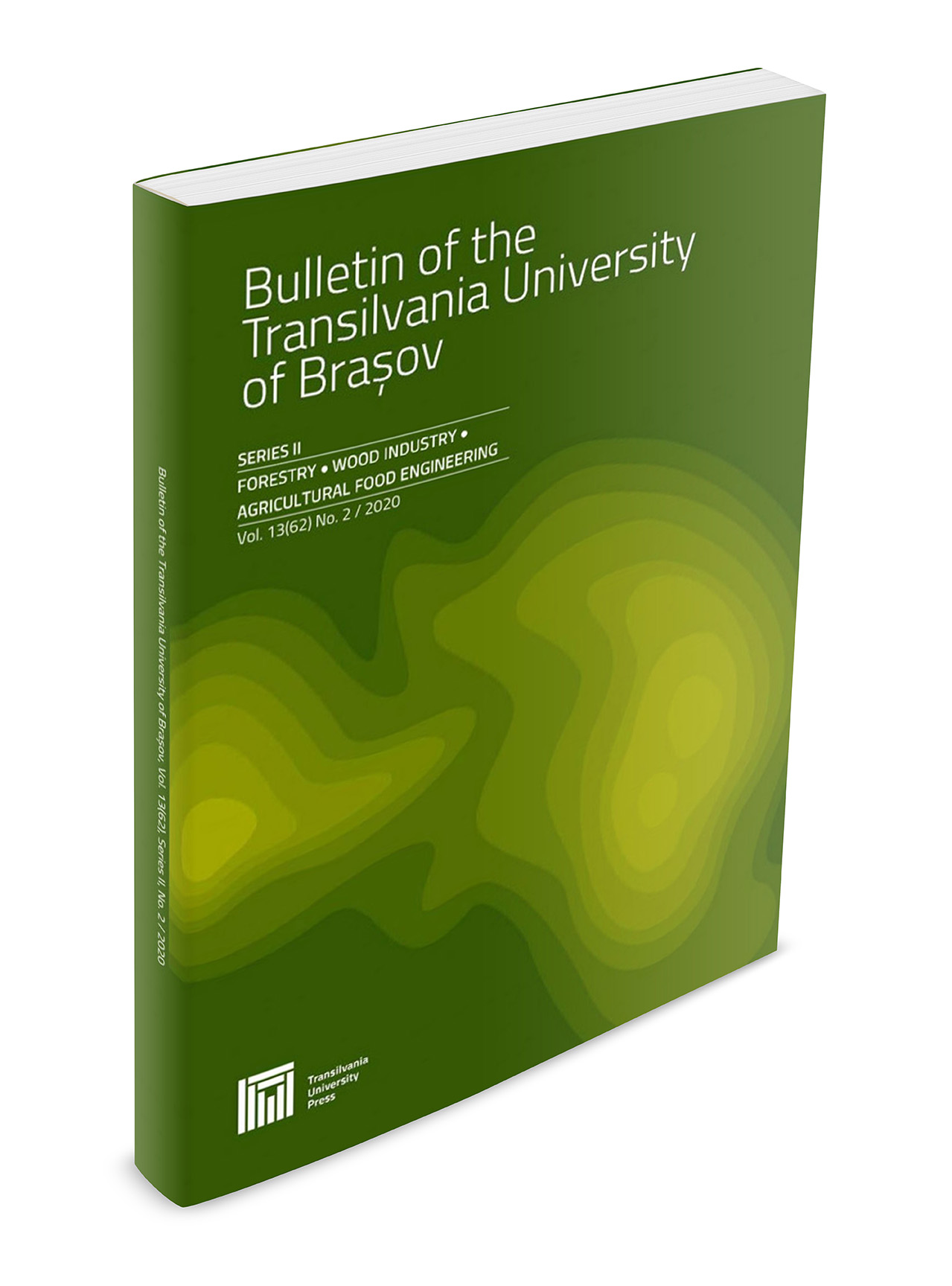Investigations of Surface-Treated Wood by a Micro-Indentation Approach: A Short Review and a Case Study
DOI:
https://doi.org/10.31926/but.fwiafe.2023.16.65.3.13Keywords:
Scots pine wood, ZnO and SiO2 particles, instrumented microindentation, mechanical propertiesAbstract
Over the past 50 years, instrumented indentation, in which an indenter tip probes the specimen surface with a regulated force and displacement to characterize its mechanical properties, has evolved. With the development of atomic force microscopy, instrumented nanoindentation has been extensively applied, and instrumented indentation in the micro range (micro-indentation) has been somewhat overshadowed by nanoindentation. However, micro-indentation remains an extremely useful technique that has the potential to investigate various properties of surface treated wood. In the first, overview-type part of the paper, instrumented micro-indentation is described and some examples of its possible applications in the field of wood science and technology are presented. To illustrate the importance of this experimental technique, some results of micro-indentation experiments carried out in our wood surface treatment laboratory are shown in the second part of the paper. The objects of the tests were untreated Scots pine wood and Scots pine wood with surface deposits of SiO2 or ZnO. The differences between the mechanical properties of early and latewood could be clearly distinguished by the micro indentation technique. On the other hand, the influence of ZnO and SiO2 particles on mechanical properties as a function of indentation depth could not be detected by this technique.



